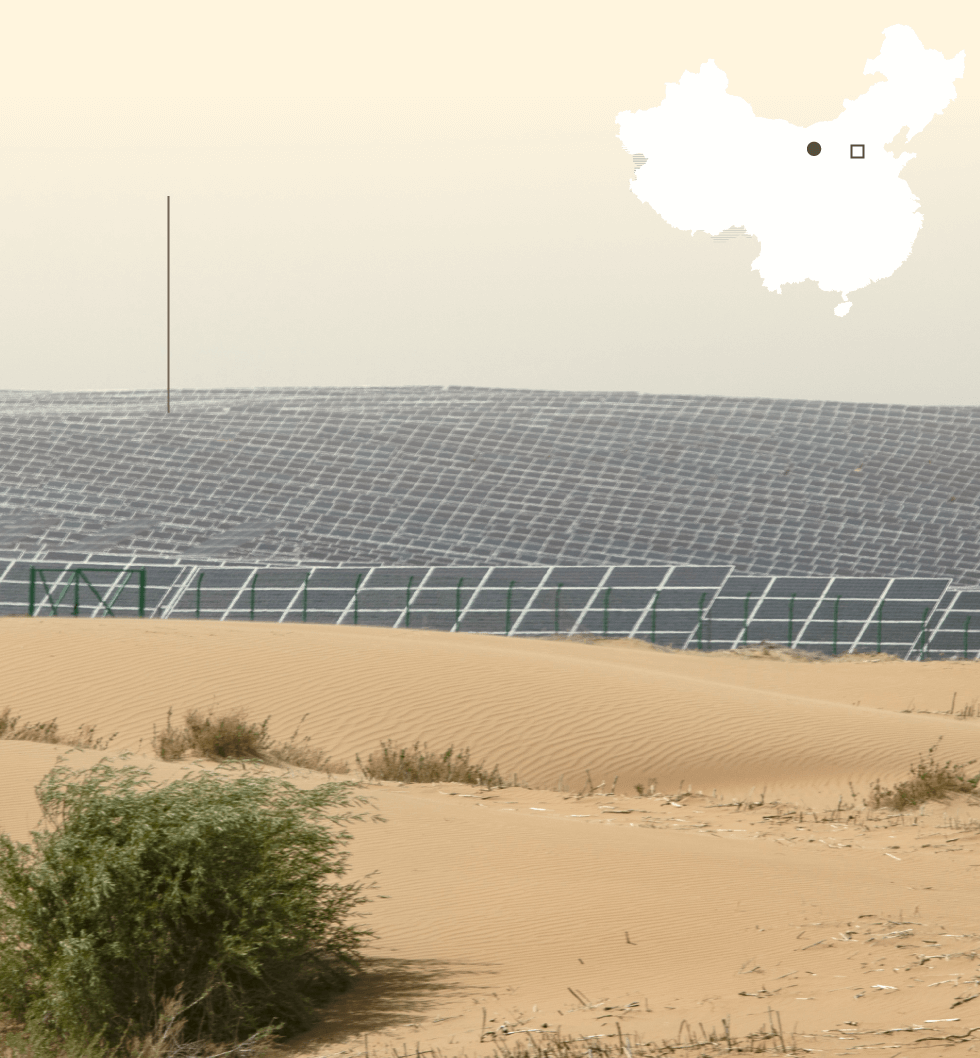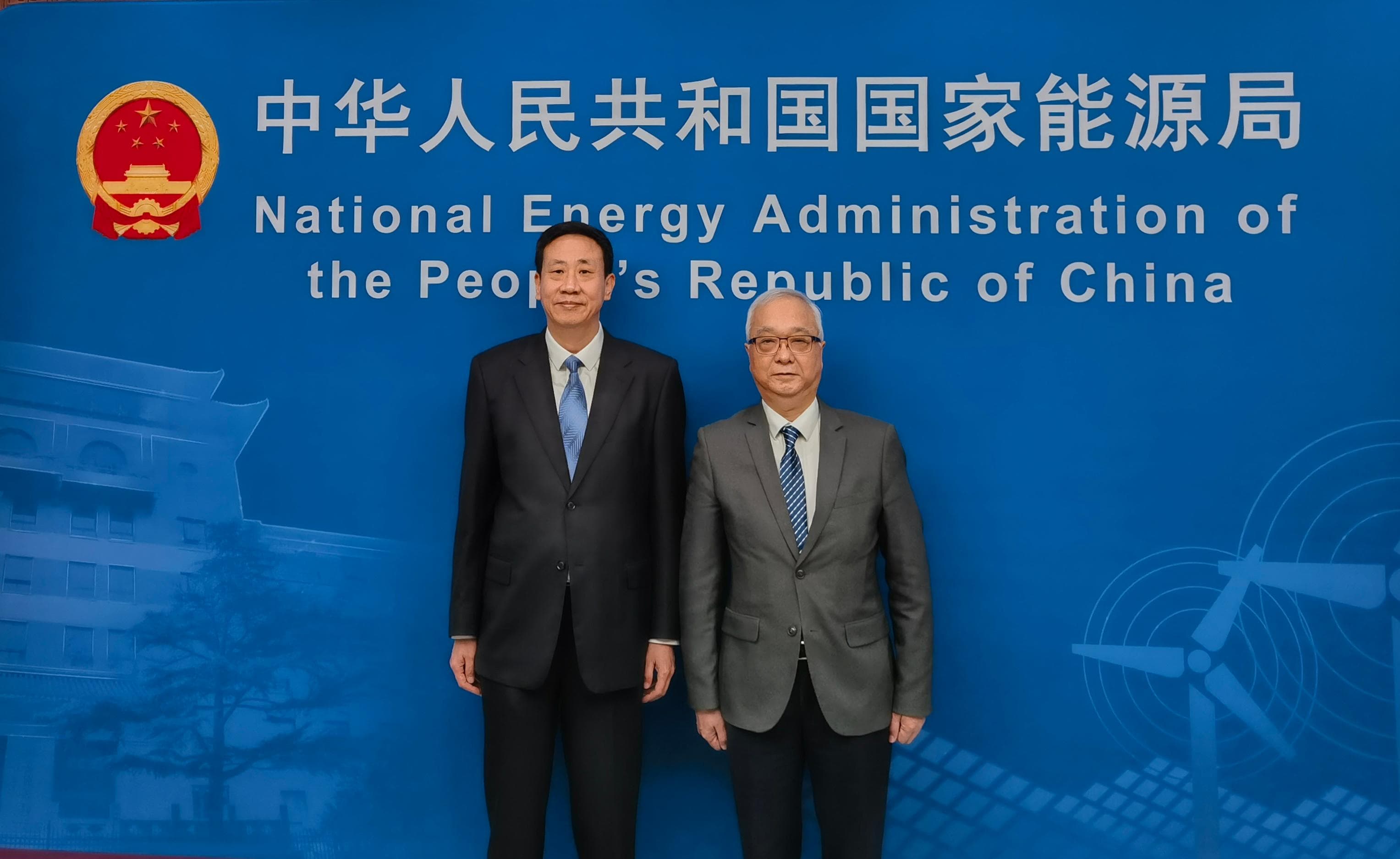China has set an ambitious target to deploy 253 GW of solar capacity by 2030 in its northern deserts, but at what cost to the local communities and ecosystems? The newly unveiled Photovoltaic Desertification Control Plan aims to restore over 670,000 hectares of degraded land but risks prioritizing corporate profits over ecological balance and social equity.
Massive Solar Expansion in Fragile Ecosystems
The plan, approved by China"s National Forestry and Grassland Administration, National Development and Reform Commission, and National Energy Administration, is a double-edged sword. While it promises to harness some of the highest solar irradiation in the world, it also treads on ecologically fragile land that has faced severe degradation due to desertification. This area, known for its limited vegetation and extreme weather conditions, is not merely a resource to be exploited. It is home to marginalized communities that could be adversely affected by large-scale solar projects.
Economic Gains for Corporations
As reported by PV Magazine, the economic advantages of desert solar farms are clear. The low land costs, high sunlight availability, and favorable electricity pricing provide a golden opportunity for state-owned energy firms to profit. However, the plan"s financial model appears to favor corporate interests over those of local inhabitants. Conventional afforestation can cost up to CNY 12,000 per acre, while the solar-linked approaches reduce this to a mere CNY 1,800 to CNY 3,000. This cost-saving mechanism raises questions about whether the land will be restored for the benefit of the community or simply as a means to fatten corporate wallets.

What China’s Clean Energy Push Means for COP28
Neglecting Local Communities
Despite the rosy projections of jobs and income from solar energy, the voices of affected communities are often sidelined in these grand plans. Local farmers and residents may face displacement as large solar projects rise in their backyards. Reports indicate that the push for rapid solar deployment could lead to an ecological disaster if not carefully planned. The directive to involve local stakeholders in the planning process has been issued, but the reality is that top-down approaches usually disregard the nuances of local needs and concerns.
Environmental Risks and Challenges
As the plan unfolds, environmental challenges loom large. The infrastructure required for solar energy generation in remote areas often lacks the necessary capacity, and developers may prioritize mere energy output over ecological integration. The potential for soil degradation and disruption of local ecosystems cannot be overlooked. If local biodiversity suffers, the long-term sustainability of these solar farms may be compromised. The challenges are significant, and the government must ensure that ecological considerations are paramount in project planning.

Largest PV Desertification Control Project in China Begins Operation
Potential for Sustainable Development
If executed correctly, this plan could serve as a benchmark for sustainable development in fragile environments. The integration of solar energy with land rehabilitation could be a revolutionary model, provided it does not sacrifice local communities on the altar of progress. The Kubuqi project in Inner Mongolia is a hopeful example, combining solar power with agriculture and generating substantial income. However, these pilot projects must be the exception, not the rule, if we are to advocate for true ecological and social justice.


![[Video] Canada PM Carney says AI data centres must be carbon neutral](/_next/image?url=%2Fapi%2Fimage%2Fthumbnails%2Fthumbnail-1763826648718-lujuba-thumbnail.jpg&w=3840&q=75)
![[Video] Fire at COP30 Climate Summit in Brazil](/_next/image?url=%2Fapi%2Fimage%2Fthumbnails%2Fthumbnail-1763671284663-2idg9-thumbnail.jpg&w=3840&q=75)
![[Video] Fire erupts at COP30 climate summit in Belém, Brazil, no injuries reported](/_next/image?url=%2Fapi%2Fimage%2Fthumbnails%2Fthumbnail-1763661056988-msvhjo-thumbnail.jpg&w=3840&q=75)



![[Video] Netanyahu submits formal pardon request to President Herzog](/_next/image?url=%2Fapi%2Fimage%2Fthumbnails%2Fthumbnail-1764500443499-cqsrbj-thumbnail.jpg&w=3840&q=75)